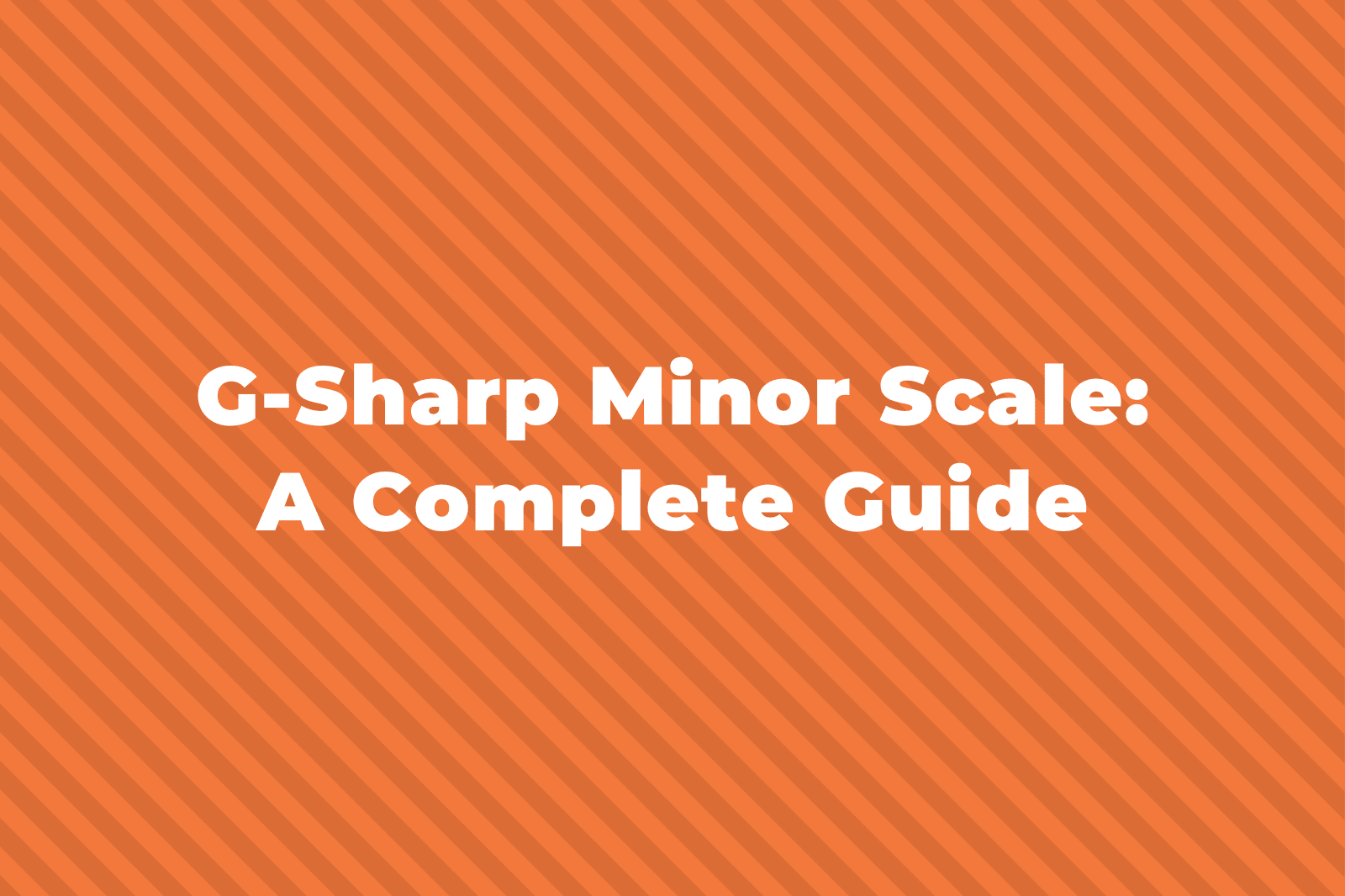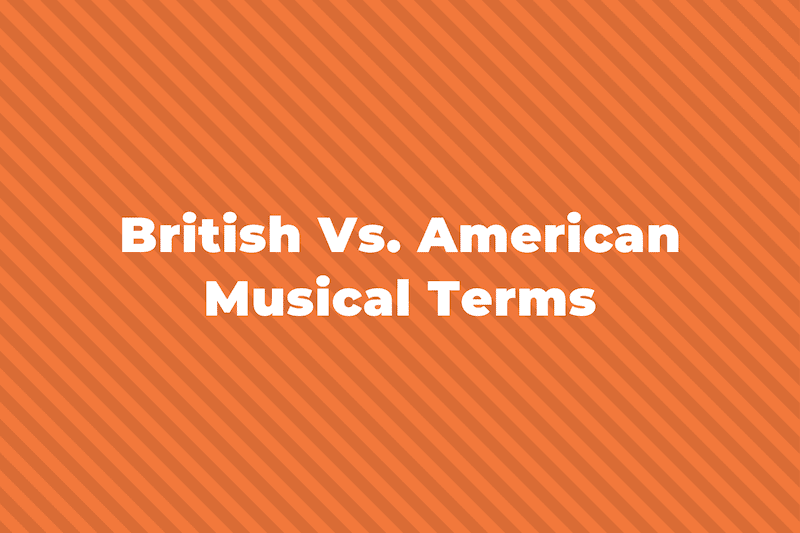When we talk about motion in music, we’re often referring to how a melody is changing in pitch and, when there are two or more melodies, how they change in pitch in relation to each other. Are they both ascending or descending? Is one melody ascending while the other descends? Or is one melody staying at the same pitch while the other changes?
In this post, we’ll cover all the different types of motion in music and explain how to describe each one.
Describing the Motion of a Single Melody
When describing the motion of a single melody we look at two things:
- The intervals between the notes of the melody
- The direction in pitch of the melodic line
Let’s first take a look at the two ways we describe the size of an interval in a melody by looking at stepwise and skipwise motion.
Stepwise motion
If a melody moves between two neighboring notes, like G and A, or G and F# this is called a step.
The notes can be a semitone (half step) or tone (whole step) apart, as long as they are next to each other.

This type of melodic motion between notes that are steps apart is called stepwise or conjunct motion.
An example of a stepwise melody would be a major scale as every note is a semitone or a tone above or below the previous note.
Skipwise Motion
Motion can also be between two notes that do not neighbor each other, like G and B, or G and E. This is called a skip.
Any interval greater than a major second is considered a skip.

This type of motion between skips is called skipwise or disjunct motion.
An example of a stepwise melody would be an arpeggio as every note is an interval greater than a major 2nd above or below the previous note.
Direction Of The Melody
The other way we describe motion in a single melodic line is whether the melody is going from a low note to a higher note, or from a high note to a lower note.
When it’s going from a low note to a high note then that melody is ascending.
And vice versa, when it is going from a high note to a lower note, then that melody is descending.
Both ascending a descending melodic motion can happen through steps, skips, or both.
Describing Motion Between Two Melodies
The section above defines the terms you can use to describe the motion of a single melody.
But, there are also terms to describe the motion between two melodies.
These terms are parallel, similar, contrary, and oblique motion. Let’s take a look at each one with some examples.
Parallel Motion
Parallel motion is when two melodies move in the same direction while keeping the intervals between the notes of each melody the same.
For example, if both melodies are ascending, and one melody is always exactly a 3rd higher than the other, then that is parallel motion.

Similar Motion
Similar motion is very similar to parallel motion with a slight difference.
The direction of each melody has to be the same, so when one melody is descending the other has to descend, and when one melody is ascending the other has to ascend too.
However, the intervals between the melodies do not always have to be the exact same.
For example, when one melody skips up a 3rd, the other might step up a 2nd.
Or both can skip, but one would go up a 6th and one a 4th.

Contrary Motion
Contrary motion, unlike similar and parallel motion, is when one melody ascends and the other melody descends – each melody moves in the opposite direction of the other.

The other type of contrary motion is called strict contrary motion which is where the melodies move by the same intervals, just in opposite directions.

Oblique Motion
Oblique motion is the last of the four kinds of motion.
If parallel and similar motion means two melodies are moving in the same direction at the same time, and contrary motion means they are moving in different directions, then oblique motion is when one melody stays on the same note while the other moves.
The melody in motion can move in any direction, ascending or descending, and it can move by steps or skips – as long as one melody stays at the same pitch, then this is oblique motion.
The melody can be rearticulated (played each time) or it can be held throughout (stationary).


That’s Motion in Music
There you have it, that covers all the different kinds of melodic motion in music.
Whenever you have one or more melodies, and that melody has more than one pitch in it, then you can describe it using one or more of the terms we covered in this post.



